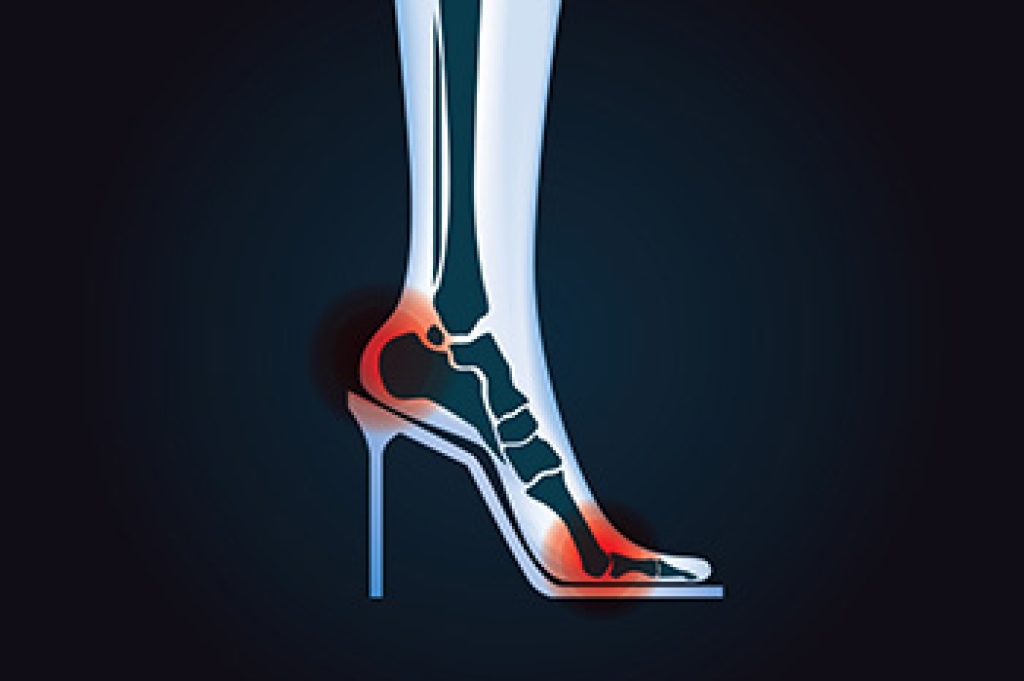 Being obese, or having a BMI (Body Mass Index) of 30 or higher, can cause serious, negative effects throughout your body, including your feet, which absorb the force of your body weight. People with a higher BMI put an increased amount of foot pressure under the heel and metatarsal heads (balls of the foot) which is where you push off to walk or run. Obesity can also change the structure of your feet, causing them to widen, putting excess strain on your ankles, and overburdening your arches. Common foot problems that cause pain and discomfort in obese individuals include plantar fasciitis, bunions, and hammertoe. Trying to reduce your body mass is a good step towards improving your overall health. Contacting a podiatrist is another good step to take to treat any pain or discomfort you may be experiencing in your feet or ankles.
Being obese, or having a BMI (Body Mass Index) of 30 or higher, can cause serious, negative effects throughout your body, including your feet, which absorb the force of your body weight. People with a higher BMI put an increased amount of foot pressure under the heel and metatarsal heads (balls of the foot) which is where you push off to walk or run. Obesity can also change the structure of your feet, causing them to widen, putting excess strain on your ankles, and overburdening your arches. Common foot problems that cause pain and discomfort in obese individuals include plantar fasciitis, bunions, and hammertoe. Trying to reduce your body mass is a good step towards improving your overall health. Contacting a podiatrist is another good step to take to treat any pain or discomfort you may be experiencing in your feet or ankles.
Obesity has become very problematic at this point in time and can have extremely negative effects on the feet. If you’re an obese individual and are concerned about your feet, contact Steven Wolfington, DPM from Sheboygan Foot Care, LLC. Our podiatrist can provide the care you need to keep you pain-free and on your feet.
Obesity and Your Feet
Since your feet are what support your entire weight when standing, any additional weight can result in pain and swelling. Being overweight is one of the main contributors to foot complications.
Problems & Complications
Extra Weight – Even putting on just a few extra pounds could create serious complications for your feet. As your weight increases, your balance and body will shift, creating new stresses on your feet. This uneven weight distribution can cause pain, even while doing the simplest tasks, such as walking.
Diabetes – People who are overweight are at serious risk of developing type-2 diabetes, which has a drastic impact on the health of your feet. As you get older, your diabetes might worsen, which could lead to loss of feeling in your feet, sores, and bruises. You could also become more prone to various infections.
Plantar fasciitis – Pressure and stress that is placed on muscles, joints, and tendons can trigger plantar fasciitis, which is an inflammation of tissue that forms along the bottom of the foot.
If you have any questions, please feel free to contact our office located in Sheboygan, WI . We offer the newest diagnostic and treatment technologies for all your foot care needs.




